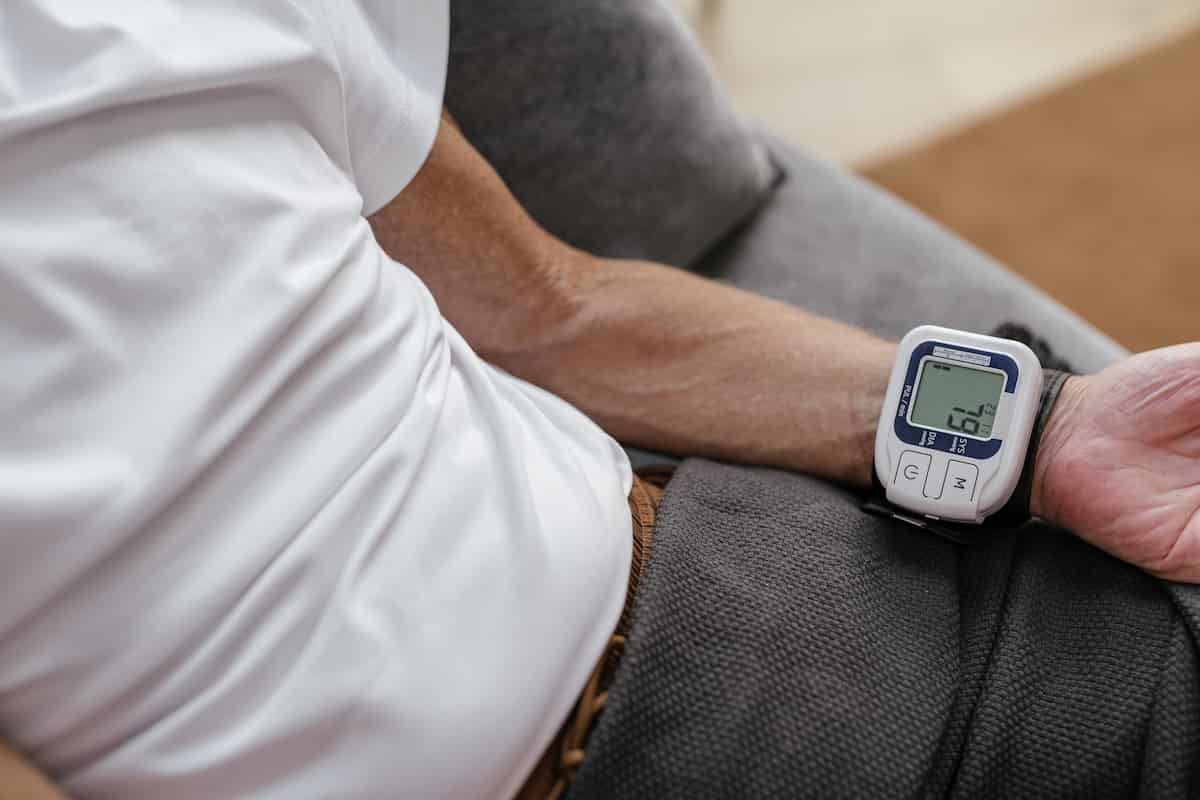Two simple activities that can lower your blood pressure.
Half-an-hour of brisk walking in the morning can lower blood pressure, reduce the risk of heart disease and keep you healthy, research finds.
Morning exercise at a moderate-intensity level such as 30 minutes brisk walking or walking on the treadmill can lower blood pressure for eight hours of the day.
By adding frequent breaks from sitting during the day, you will increase the effect of morning exercise on lowering blood pressure, the study found.
Older adults participated in this study, who were overweight or obese.
Average blood pressure — especially systolic blood pressure — was reduced in participants who did half-an-hour’s treadmill walking at moderate-intensity in the morning.
The effect lasted for a period of 8 hours afterwards.
Systolic blood pressure is the top number of the two blood pressure readings and diastolic blood pressure is the second number.
Systolic blood pressure is more important of these two as it is an indicator of cardiovascular disease.
In this study, the benefit of lowering blood pressure lasted throughout the day when the morning walk was combined with three-minute breaks from sitting every half hour.
These three-minute frequent breaks involved casual walking (light-intensity physical activity) during frequent breaks from sitting throughout the day.
Mr Michael Wheeler, the study’s lead author, said:
“For both men and women, the magnitude of reduction in average systolic blood pressure following exercise and breaks in sitting, approached what might be expected from antihypertensive medication in this population to reduce the risk of death from heart disease and stroke.
However, this reduction was greater for women.”
The combination of exercise and breaks from sitting benefited women more than men in regards to lowering blood pressure.
This might be because adrenaline (epinephrine) increased in men but decreased in women.
The other factor is that women were post-menopausal, which is a time when women are at greater chance of cardiovascular disease.
The study was published in the journal Hypertension (Wheeler et al., 2019).

